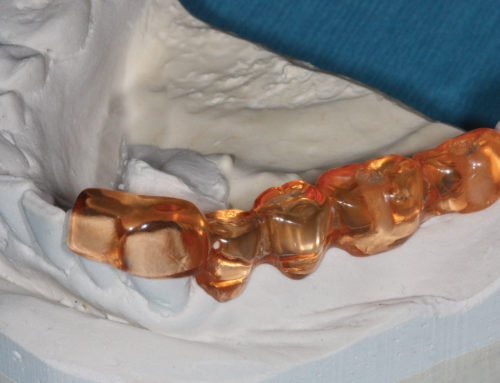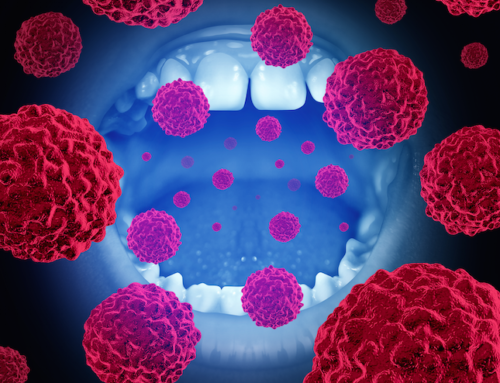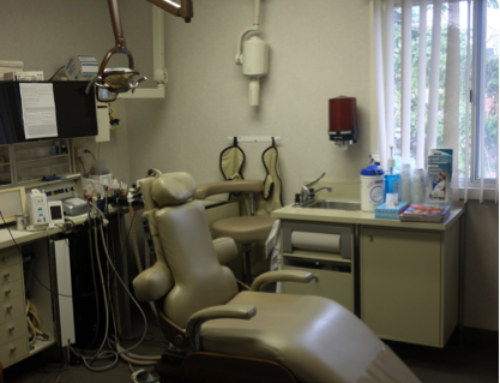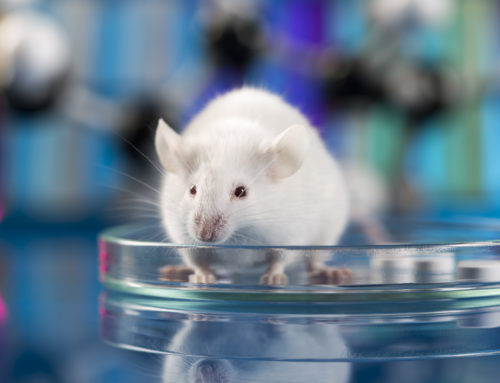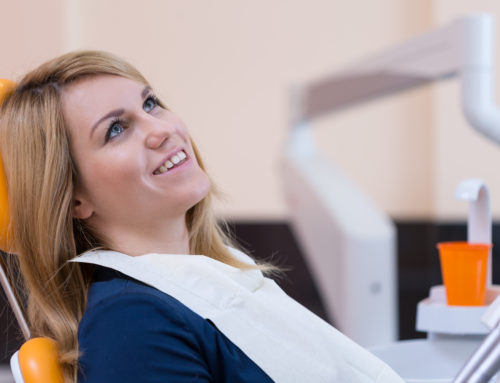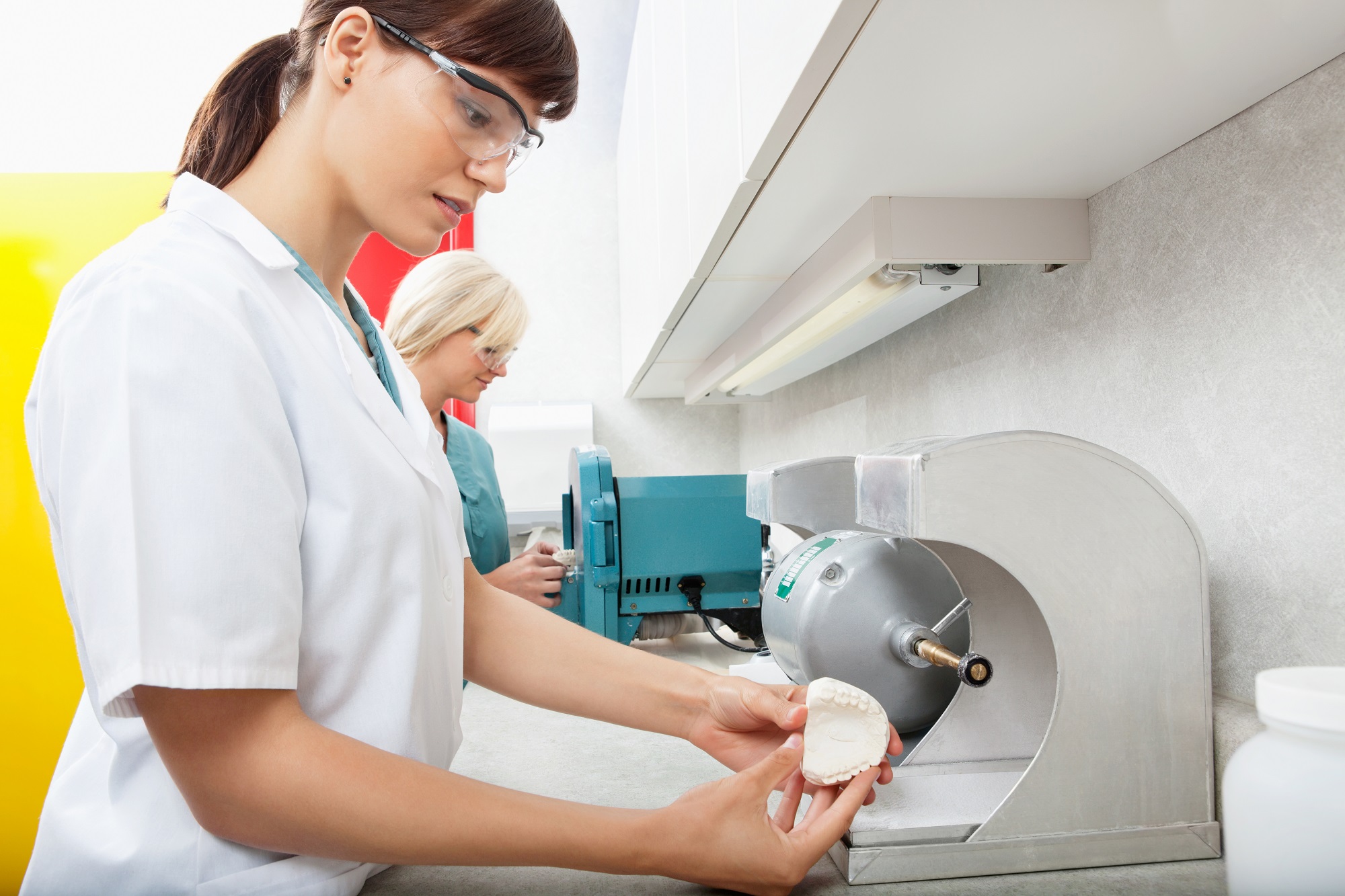
The journal of Advanced Functional Materials recently published a report about the development of a 3D-printing application that can create an antimicrobial substrate for various dental applications. While 3D-printed objects are routinely created for a variety of clinical dental procedures, this innovation to add antimicrobial components to those printed objects may be a game changer.
The research was conducted by dental materials research scientist Andreas Herrmann and orthodontist Dr. Yijin Ren of the University of Nijmegen in the Netherlands. The team collaborated to design 3D-printed dental materials to which antimicrobials can be incorporated to kill microbes on contact.
“The head of the Orthodontics Department, Dr. Ren, asked me if I could come up with an antimicrobial dental glue”, Herrmann explains. “Kids with braces have small metal blocks glued to their teeth, and these are an ideal breeding ground for the microbes that cause tooth decay. So when I saw all sorts of 3D-printed objects for use in dentistry in her office, I said, ‘why not incorporate the antimicrobials in 3D prints’?”
The researchers built on existing technology that uses materials that polymerize under UV light. They set out to add quaternary ammonium ions, which have long been used in dentistry for a variety of antimicrobial functions. The positively charged molecules interact with the negatively charged bacterial cell membrane to literally puncture a hole in the cell wall. This leads to the classic microbiologic result of a ruptured cell membrane, thus killing the unwanted microbes. Initially, Herrmann and Ren mixed two different monomers with a quaternary ammonium compound with a polymerizable unit. UV light polymerized the whole mixture, but some antimicrobials leaked out of the polymer mesh.
In the second try, they first polymerized the antimicrobial groups to form long chains. Then the resulting antimicrobial polymer was added to the 3D-printing fluid and successfully integrated with the other polymers during polymerization—this time very little antimicrobial material diffused out.
The first applications will probably be in orthodontics, where 3D-printed retainers and aligners are already in use. 3D-printed crowns with antimicrobial properties may be an option in the future.

